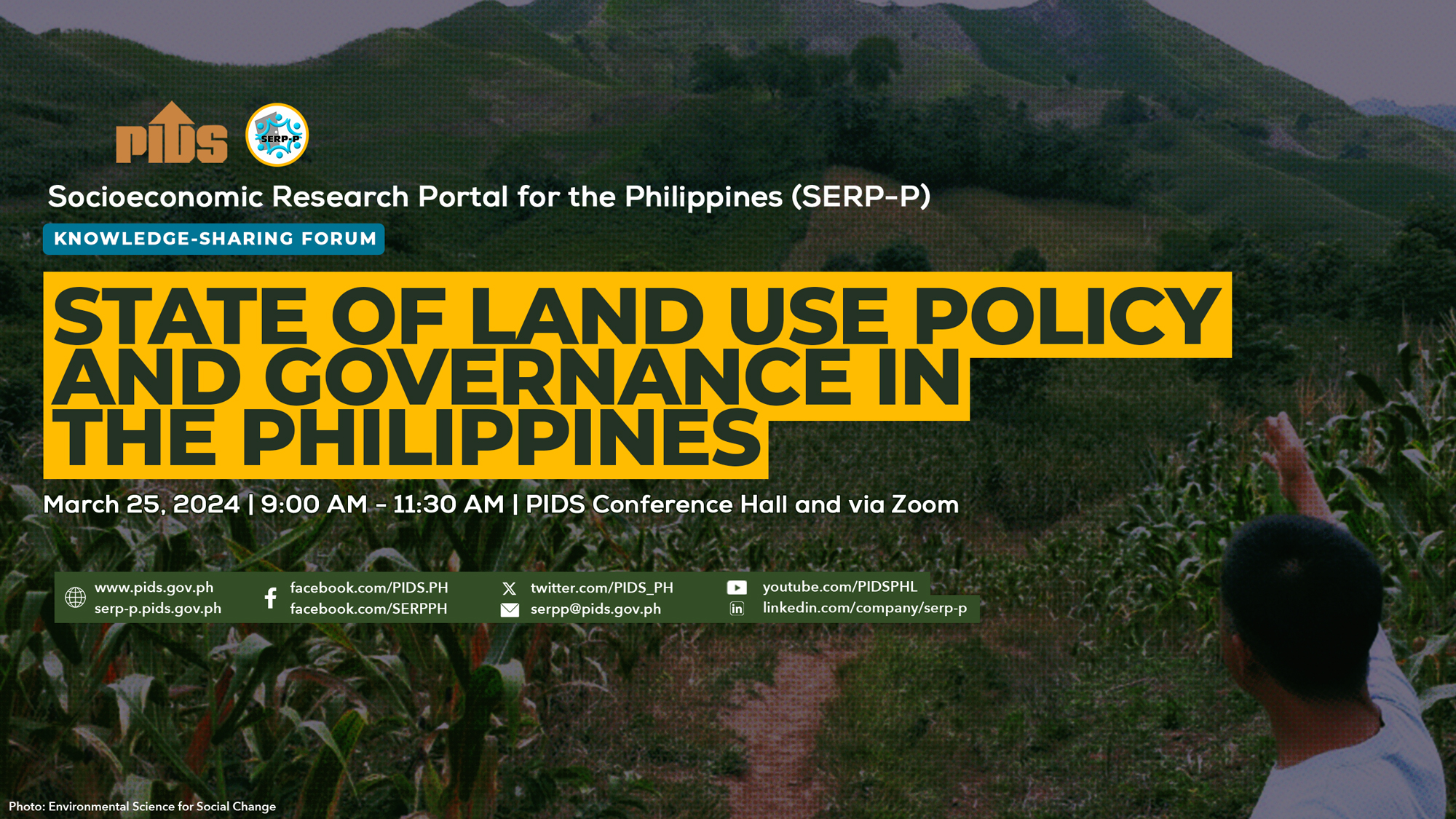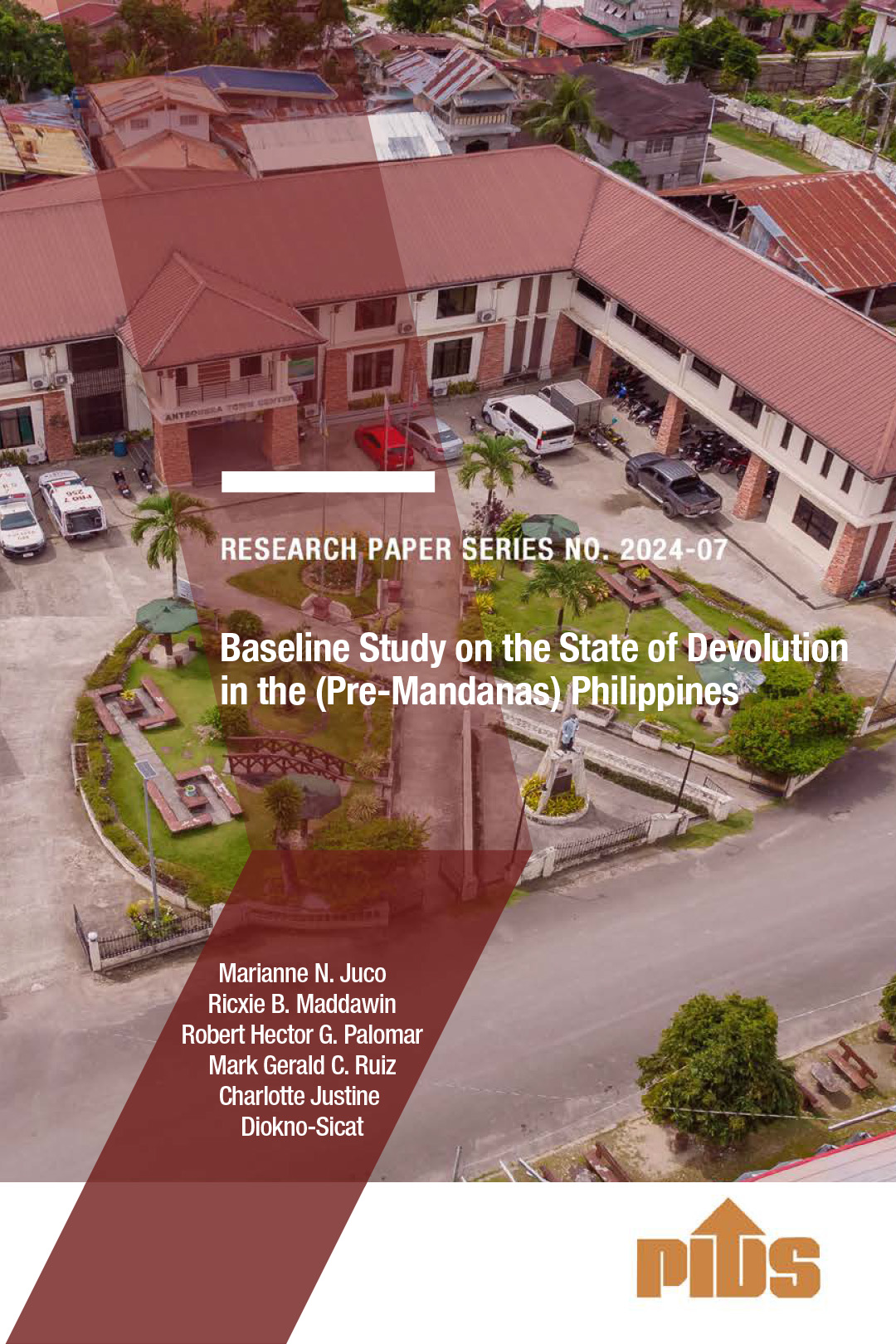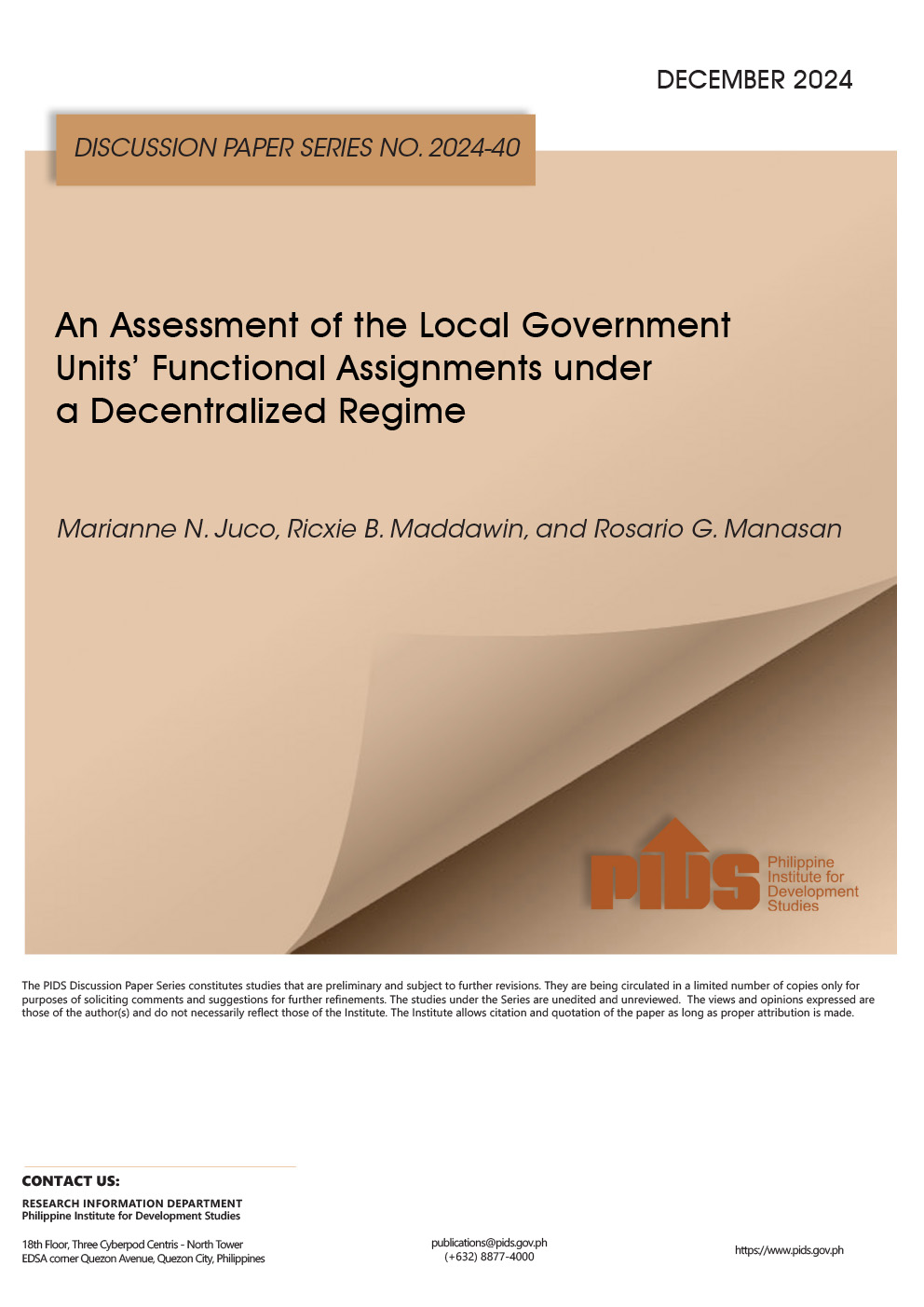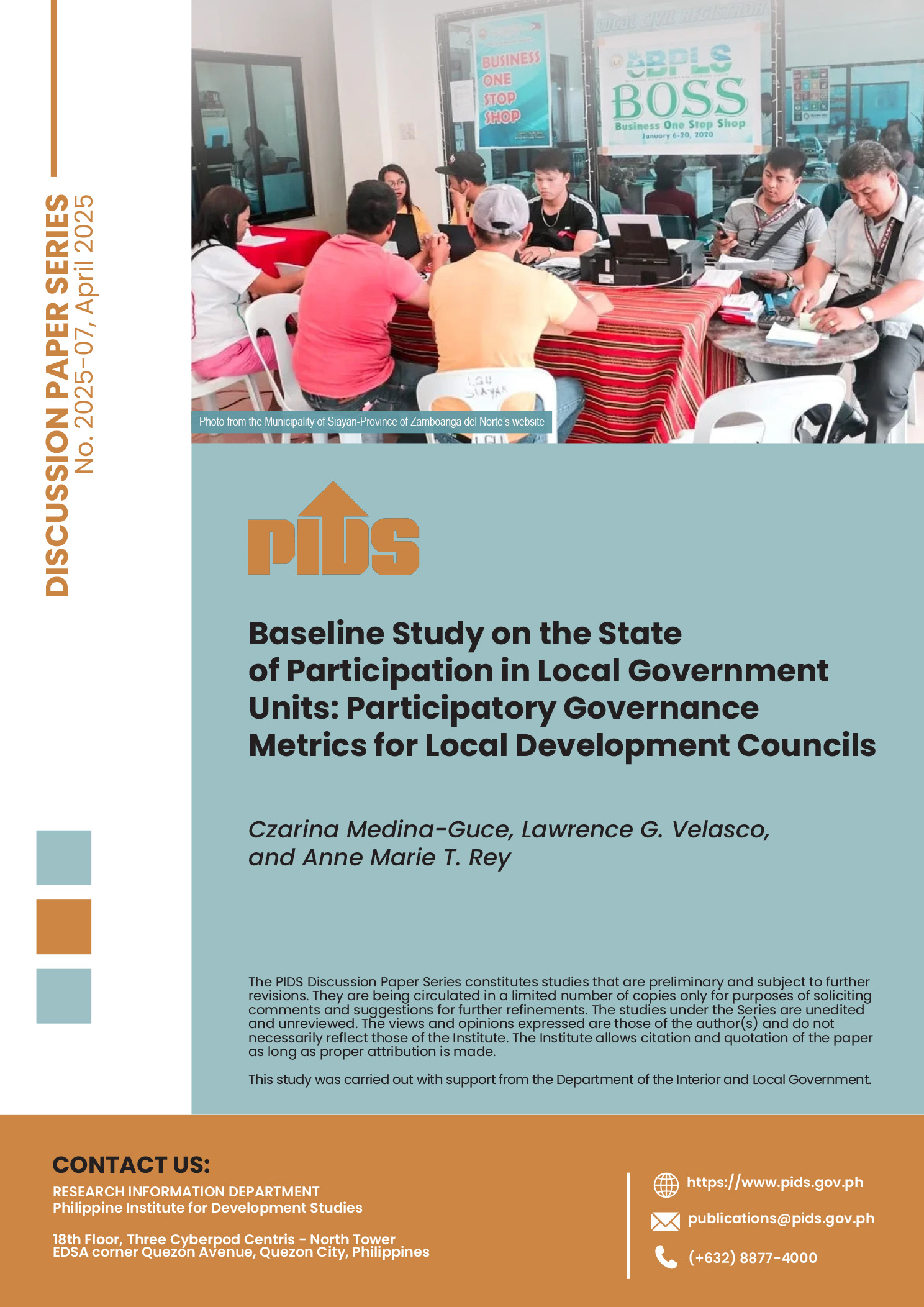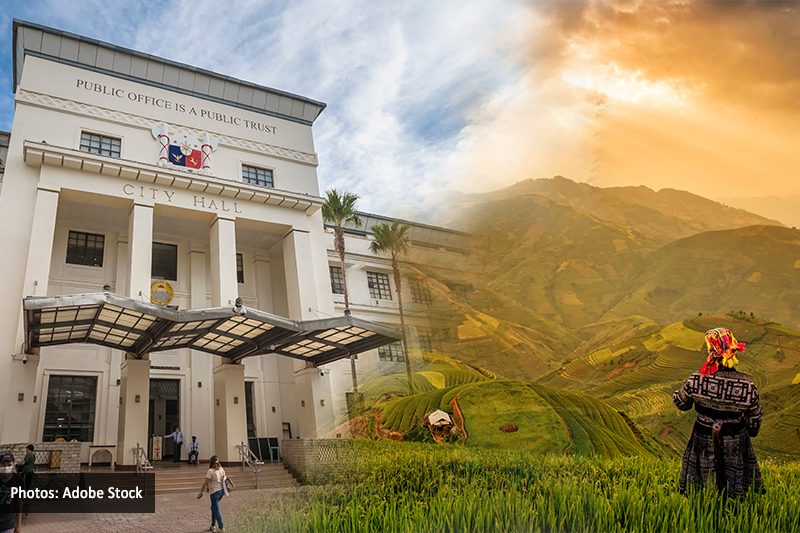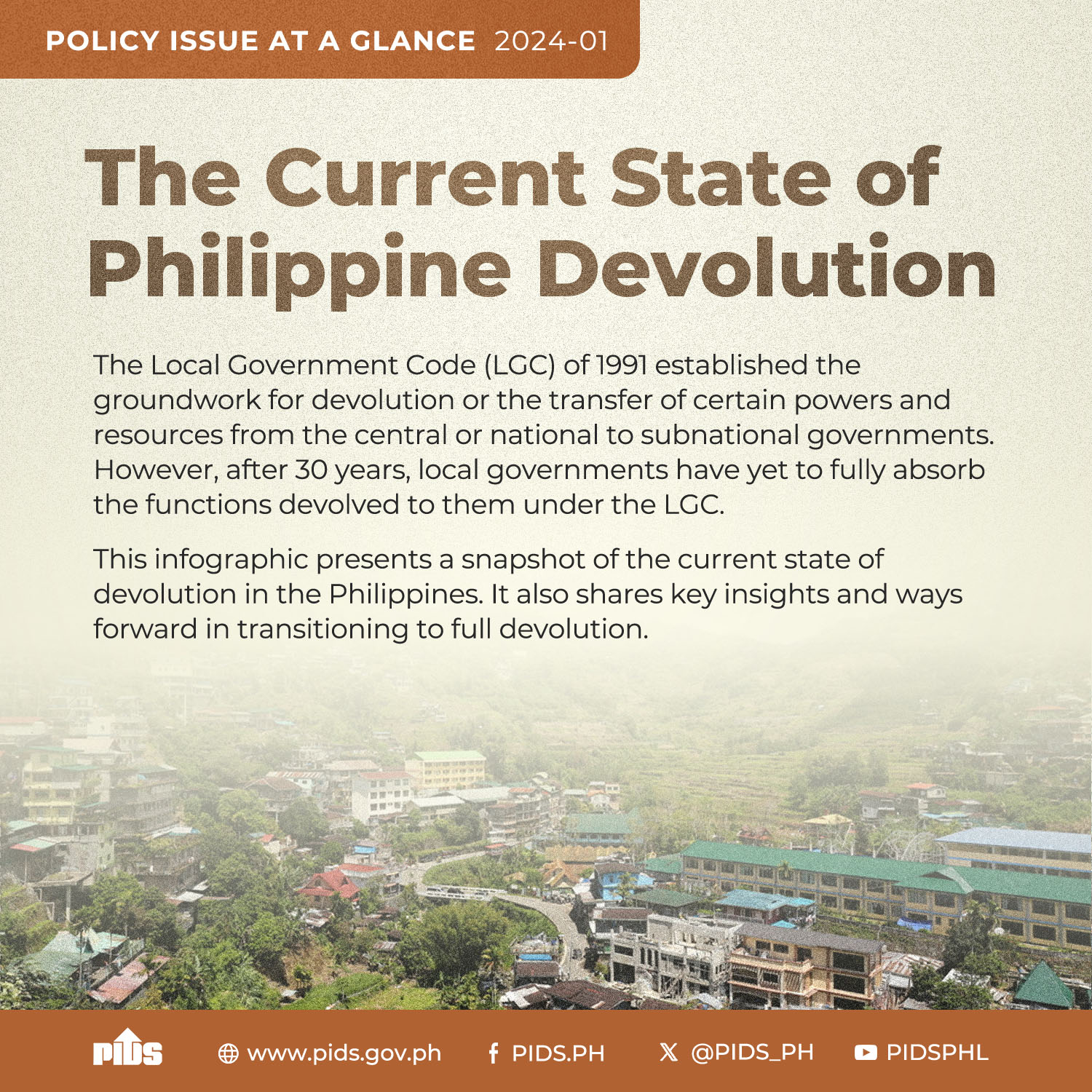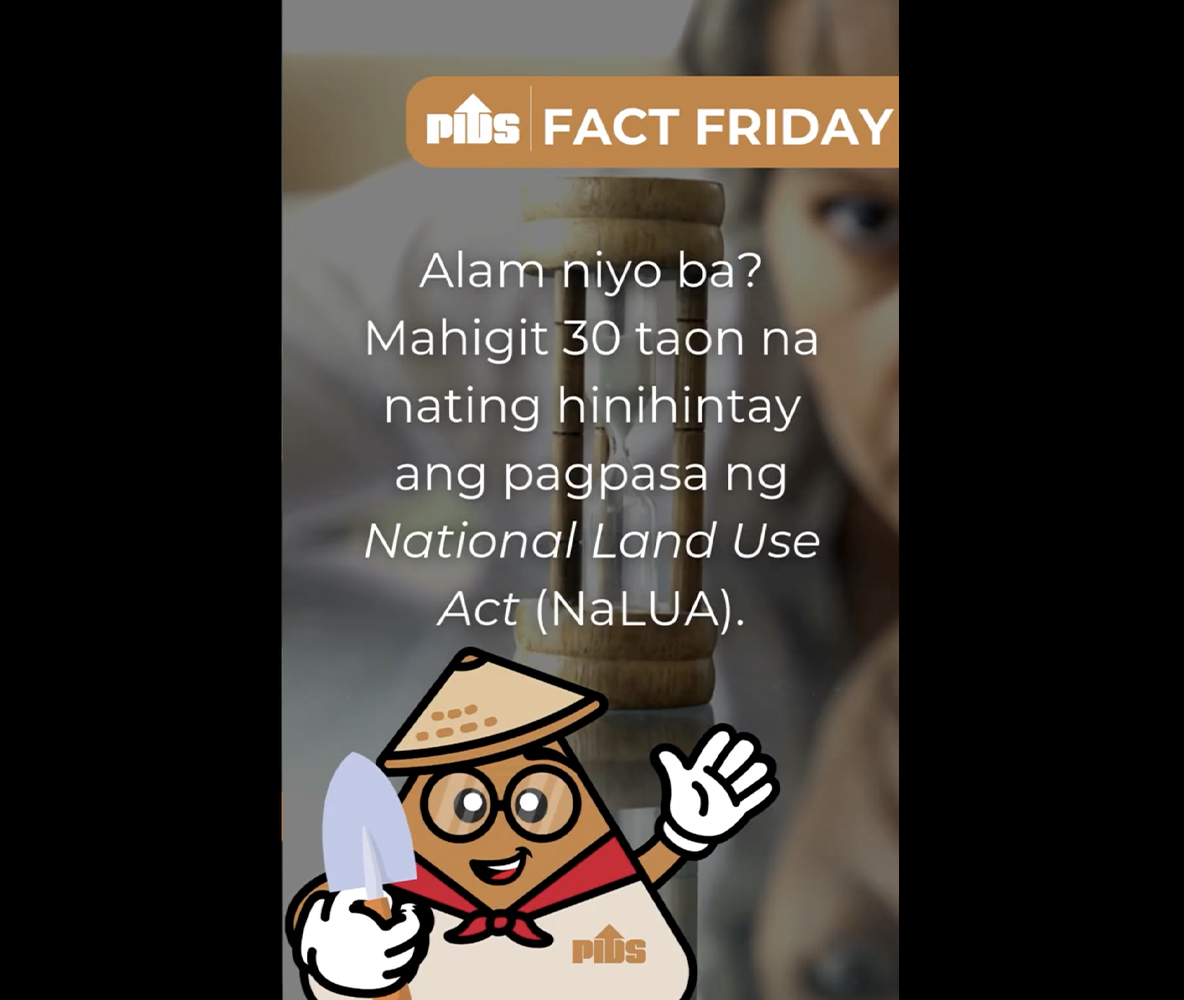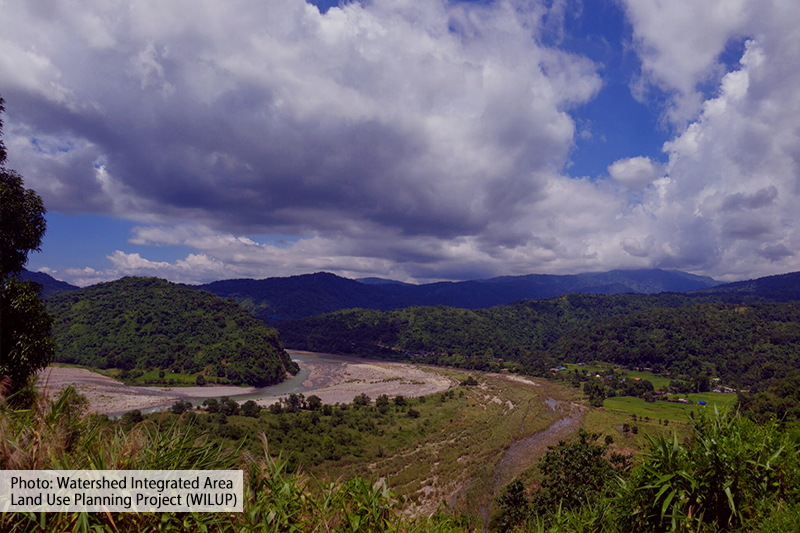
Integrating watershed zoning with Comprehensive Land Use Plans (CLUPs) can ensure priority alignment among Local Government Units (LGUs) and various stakeholders. This will address land use allocation concerns, while protecting vital watersheds.
In a recent knowledge-sharing forum by the Philippine Institute for Development Studies (PIDS) through the Socioeconomic Research Portal of the Philippines (SERP-P), University of the Philippines Los Baños – College of Forestry and Natural Resources Professor Emeritus Rex Victor Cruz emphasized an urgent need to optimize watershed zoning and land use plans for sustainable development.
Land use practices from urban communities to agriculture and forestry adversely affect watersheds and ecosystems, Cruz explained in his paper presentation on “Watershed-based integrated land use planning: issues, concerns and needs”. He identified inadequate planning and enforcement as key drivers of deforestation and ecosystem degradation, with inappropriate land use and land conversion leading to deforestation, and loss of habitat and biodiversity.
Cruz revealed that built-up areas within closed forest increased from 167 hectares in 2010 to 10,388 hectares in 2020. “This data shows that there are areas where we are not supposed to be building or doing certain things, but we are. It tells us we’re not doing a great job of keeping those places as they should be,” he said. This trend highlights the need for stricter enforcement and better land management practices.
Also emphasized was the significance of partnerships among LGUs, government agencies, and other stakeholders in implementing watershed-based land use planning initiatives. This is being tackled by the “Institutionalization of Guidelines on Watershed Integrated Area Land Use Planning towards Resiliency” (WILUP) project, which aims to address policy gaps and strengthen LGU capacity for comprehensive land use planning. The project aims to address gaps in policy, training, and data collection, while strengthening LGU capacity to implement CLUPs.
According to Cruz, “the goal is not to include watershed protection as part of land use and development planning but to use watershed as the planning platform”. This entails LGUs prioritizing the protection of watersheds and their ecosystems in all development plans and programs, laying a strong foundation for sustainable and resilient socioeconomic growth. The ongoing pilot projects in Los Baños, Laguna, and San Gabriel, La Union offer learning opportunities for other LGUs.
“Optimize watershed zoning to ensure maximum protection of its ecosystem services, then utilize this zoning framework as the foundation for allocating land or assigning it to various uses,” Cruz concluded. This zoning framework would inform the updating of CLUPs, ensuring alignment with protected zones and maintaining ecosystem health.
Watch the knowledge-sharing forum at https://bit.ly/pidslive032524.###

